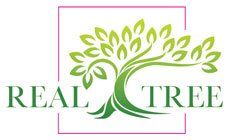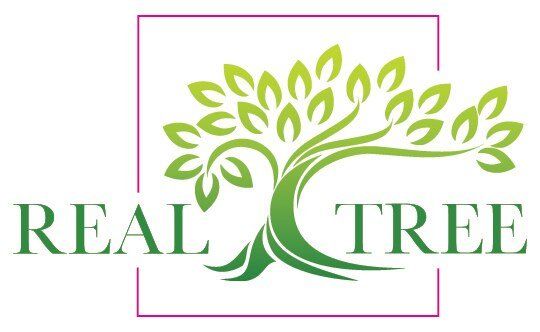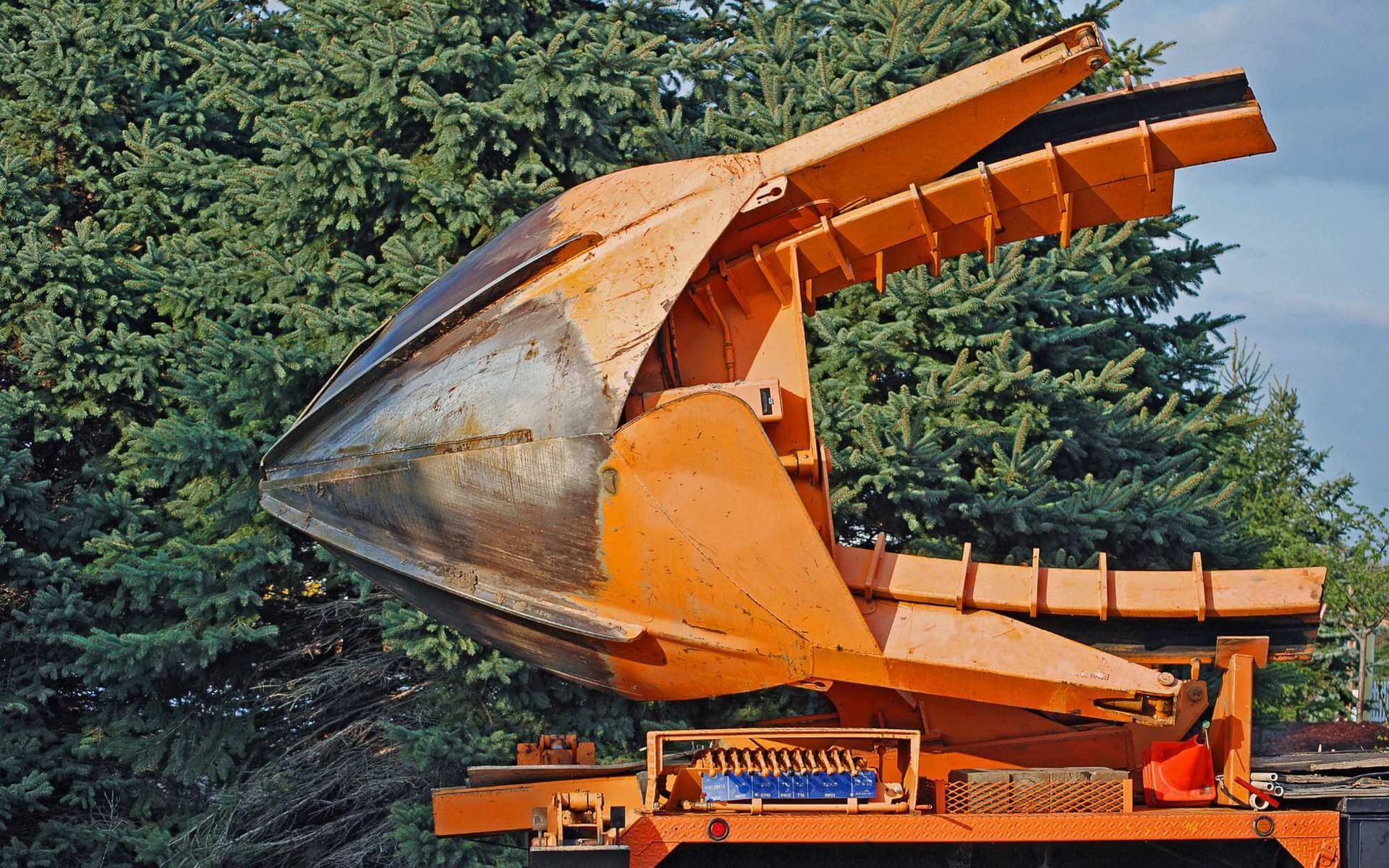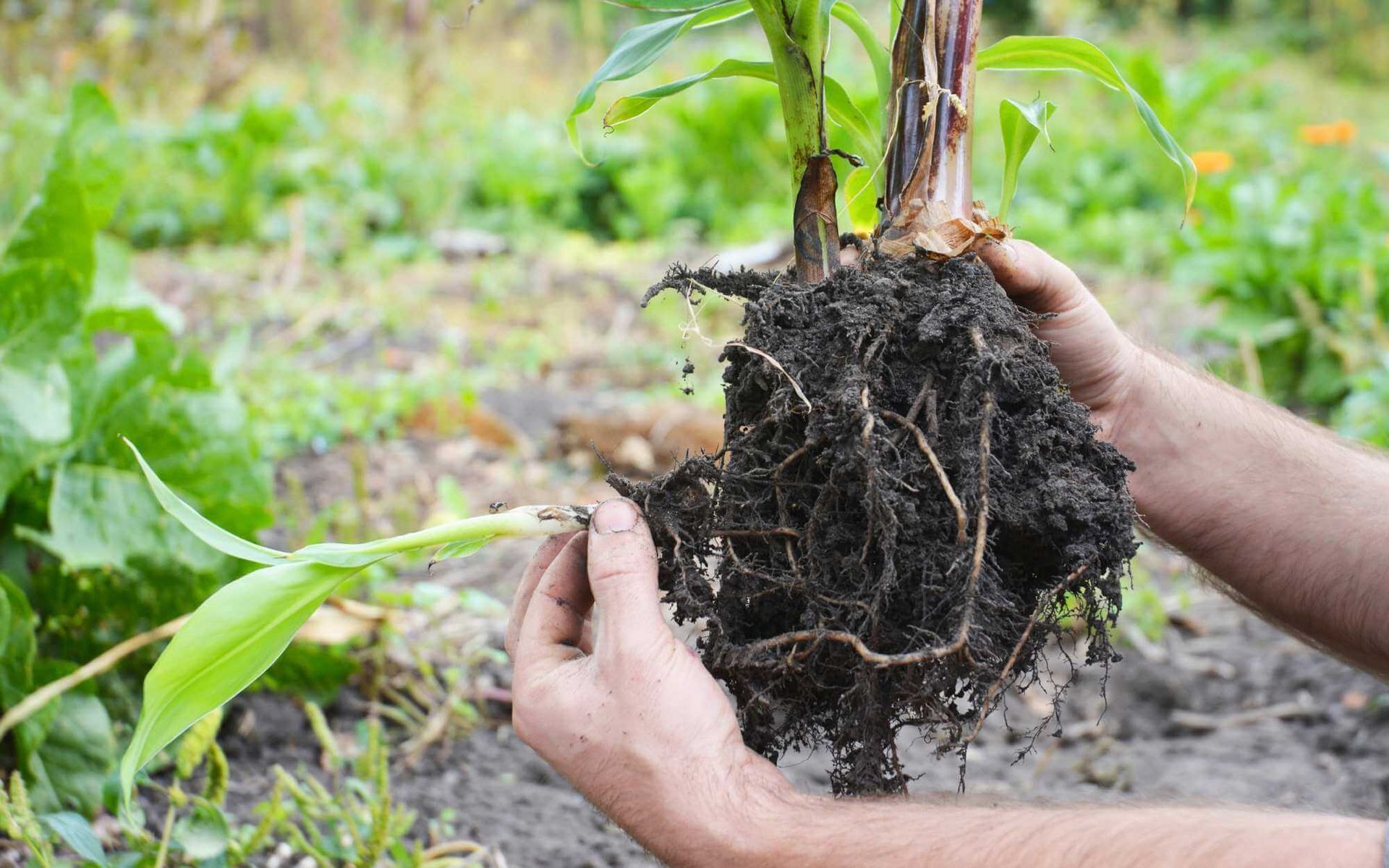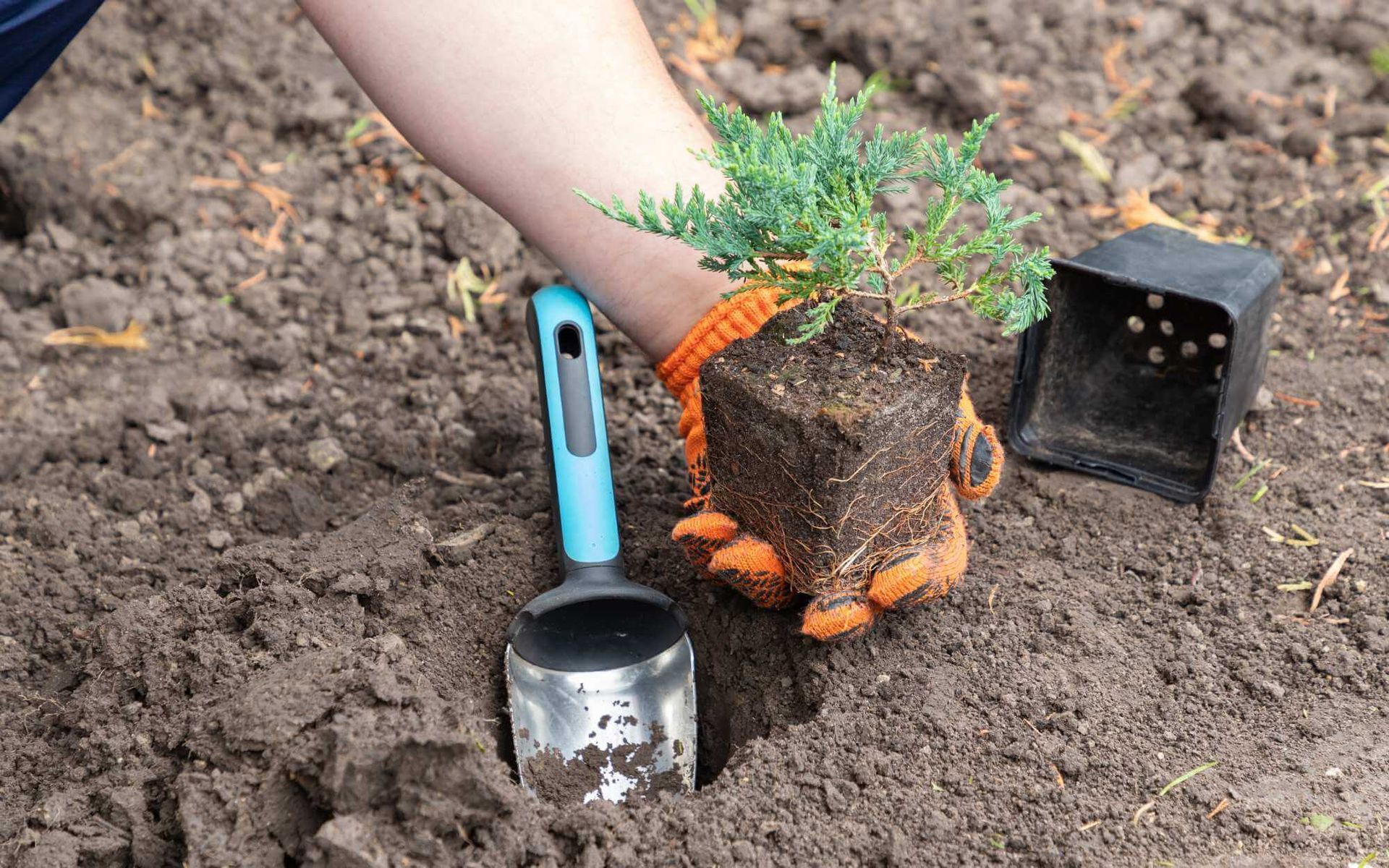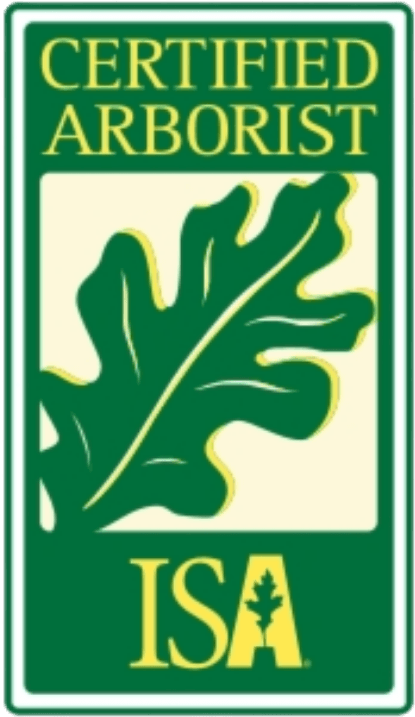Minimizing Tree Hazards with Arborist Tree Risk Assessment
PUBLISHED ON
SHARE THIS ARTICLE

It's no secret that our trees are an essential part of our urban landscapes. They not only enhance aesthetic appeal and improve air quality, but also they maintain the ecological balance.
However, trees can also pose potential risks to people and property, especially when they are unhealthy or improperly maintained. That's why mitigating tree hazards becomes a paramount concern for home and property owners.
One effective way to minimize these risks is through an arborist tree risk assessment. This comprehensive evaluation by professional arborists aids in determining the structural integrity of a tree and identifying potential hazards it may pose.
Stay with us as we delve into the importance of
tree hazard mitigation and explore the intricacies of an arborist tree risk assessment.
Types of Tree Hazards
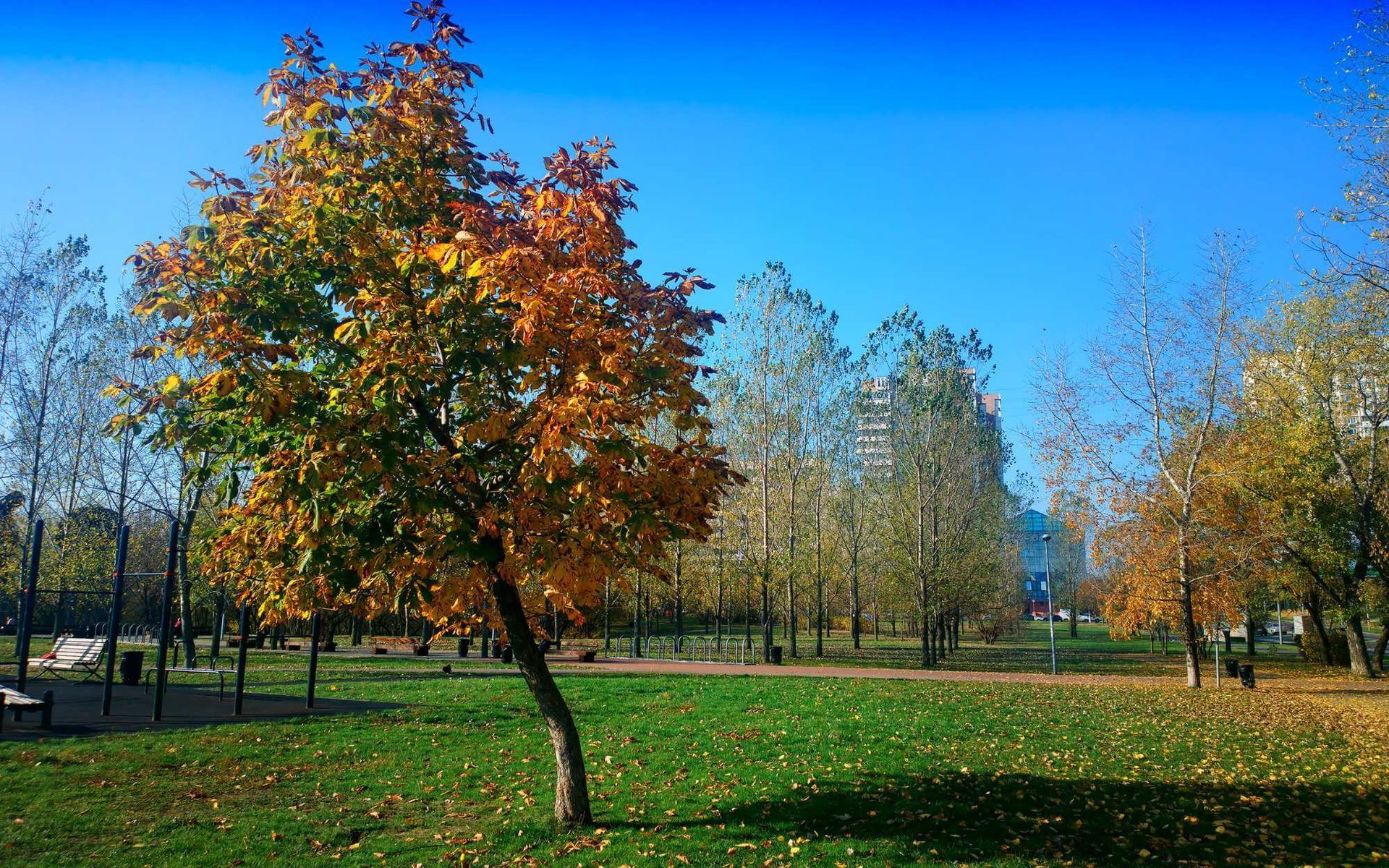
Hazardous trees pose significant risks and consequences that can impact people and property. Here are some common types:
- Dead trees: These pose a falling risk due to weakened or rotted trunks and branches.
- Leaning trees: Trees leaning towards structures or paths can potentially fall and cause damage.
- Diseased trees: Infected trees may have weakened structures and are prone to breakage.
- Overgrown branches: Branches that grow too close to power lines or buildings can cause hazards.
- Root problems: Trees with damaged or shallow roots can become unstable or topple during storms.
Understanding these hazards is crucial to mitigate risks. Regular inspections, pruning, and maintenance can help prevent accidents. It's important to consult with certified arborists or tree professionals to address potential dangers promptly.
The Role of Tree Risk Assessment
A tree risk assessment is a systematic process performed by certified arborists to identify potential tree hazards, evaluate their severity, and recommend appropriate mitigation measures.
The primary purpose is to ensure the safety of both people and property by proactively addressing risks posed by trees. This assessment involves an evaluation of the tree's health, structural condition, and location-related hazards.
The benefits are manifold. An effective tree risk assessment can prevent property damage, personal injury, or even loss of life. Moreover, it aids in maintaining the health and longevity of trees, thereby contributing to the overall well-being of our urban landscapes.
Key Components of Tree Risk Assessment
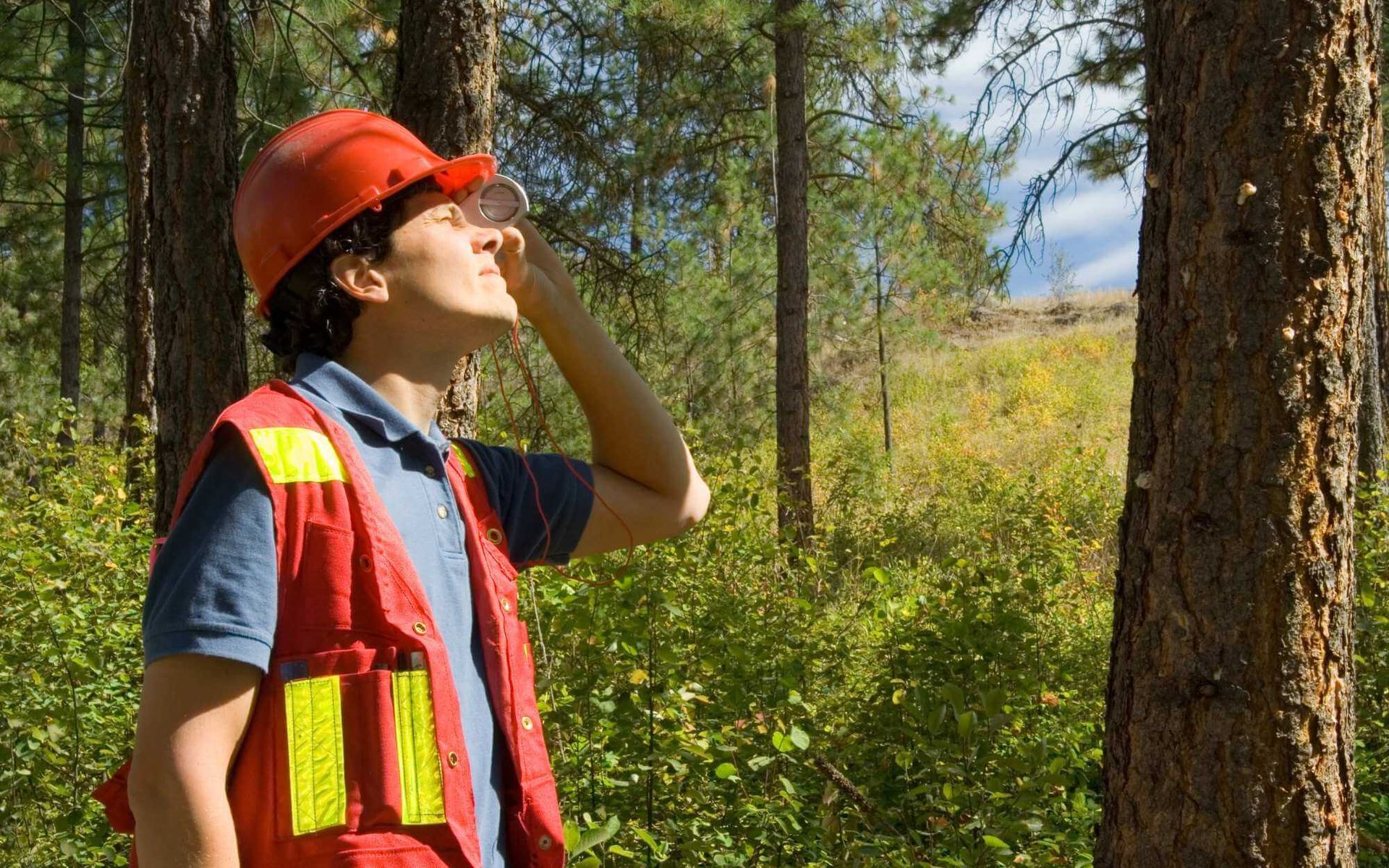
Let's delve deeper into two key elements of tree risk assessment: visual inspection techniques and the evaluation of tree health and structural stability.
Visual inspection techniques are primary tools in an arborist's arsenal. Through careful observation of the tree's physical condition, arborists identify signs of disease, decay, or structural weaknesses. These might include fungal fruiting bodies, cracks in the trunk, or weak branch unions, all of which can hint at underlying issues.
Evaluating tree health and structural stability involves a more thorough examination. Arborists check for symptoms of disease, pest infestations, and any abnormalities in growth patterns. They assess the tree's structural integrity, examining the sturdiness of branches, the state of the root system, and any potential weaknesses that could result in the tree toppling.
Both components are integral to the overall tree risk assessment process.
Mitigating Tree Hazards Through Assessment
Mitigating tree hazards hinges upon two key actions: identifying high-risk trees and implementing preventive measures.
Identifying high-risk trees involves recognizing signs of disease, decay, or structural instability, which can signal potential dangers.
Arborists inspect the overall health of the tree, including trunk integrity, branch strength, root system stability, and signs of disease or pest infestation. High-risk trees might exhibit symptoms such as fungal fruiting bodies, cracks in the trunk, weak branch unions, or abnormal growth patterns.
Implementing preventive measures is the next step in hazard mitigation. These procedures can include regular tree maintenance like pruning overgrown branches, treating disease or pest infestations, and ensuring proper care and watering. In some cases, it may also involve the removal of high-risk trees that pose imminent danger to people and property.
These measures, when executed timely, significantly reduce the risk of tree-related hazards and, eventually, the risk of failure.
Risk-Free Greenery with Tree Risk Assessment Services
Tree risk assessment is vital for minimizing potential hazards to people and property. It involves identifying high-risk trees and implementing preventive measures, bolstering safety, and preserving urban greenery.
Expert arborists play a critical role in this process, detecting signs of disease, decay, and structural instability. Don't leave it to chance - prioritize tree risk management today.
Reach out to
certified tree care professionals and ensure the well-being of your landscape and those who enjoy it. Remember, preemptive tree care is always better than dealing with consequences.
Want a free quote or some friendly advice? Call our team today:
